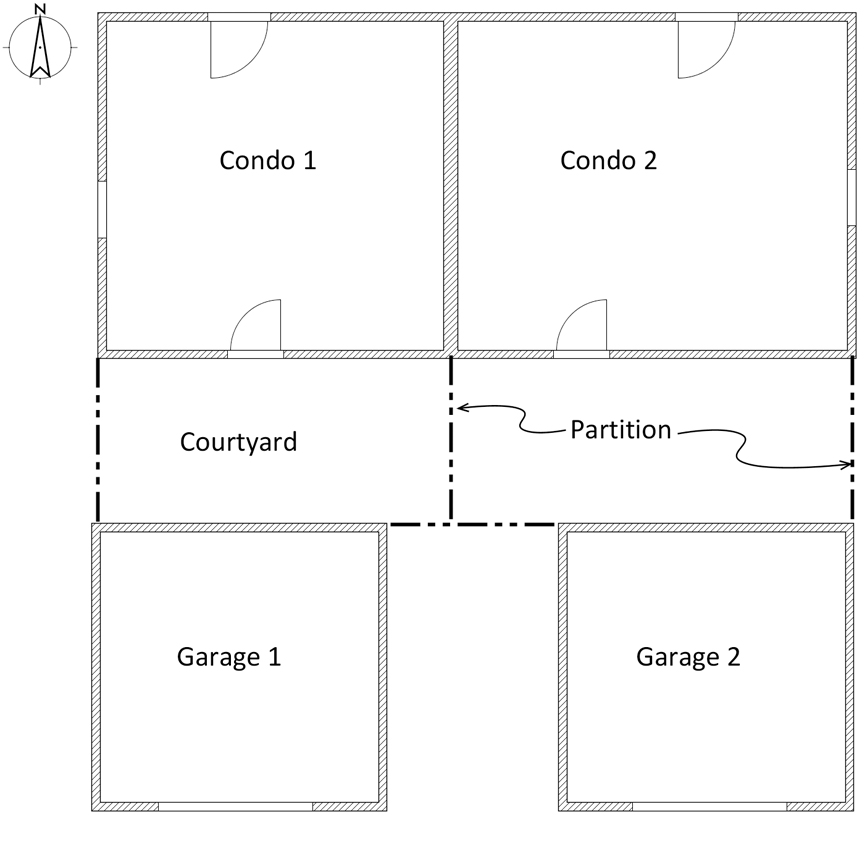Fences

Some months ago I published a report regarding the use of the term “fences” in the Master Deed. In the report I develop a line of reasoning and cite evidence leading to the conclusion that the term as used in the MD existentially differs from the term as it is most commonly understood.
For many years I thought that there was something wrong with Association policy on fences; but, I could never quite put my finger on the problem. Then, one day several months ago I was talking with my friend Phillip C. as he described living in Florida for many years. He and his wife lived in a condominium association and they wanted to install a fence around their back yard. He approached their Board of Directors to ask permission to install one, but was denied. When I heard this, I knew immediately what our problem was–we actually had no policy on fences. If you read the report referenced above, you will understand that the term “fences” as used in the MD does not refer to fences as we usually understand them. In the MD the term narrowly focuses on short, single runs of fencing used to form privacy partitions between adjacent condominiums in a multi-family structure. Most often, when we talk about fences, we mean the term in a broader sense as much longer runs of fencing enclosing yardage that is segregated for personal use.


If you read the report and refer to Fig. 1, you can clearly see what the framers of the MD meant by the term “fences”. Fences in their context are short runs of fencing to create privacy barriers between adjacent condos. Such short runs of fencing should be given a name more appropriate to their function. I would suggest a term like “privacy partitions” so as not to confuse them with their longer, enclosure counterparts. The shorter partitions are much cheaper (costing a few hundred dollars) than fences (broader sense) which may cost thousands of dollars. Partitions may be funded as part of the condo structure while fences are a major capital item and are largely unfunded, drawing money from our general revenue with no mechanism in place to replace it.
In the minutes of 11 SEP 2019 the Board states the following in its list of Rules and Regulations:
All new or replacement fences must be approved by the Board and should be of white vinyl or metal and maintenance-free. Owner pays half the cost of repair and/or replacement of fences, porch rails, and porch columns.
In the post, “???50/50???”, it has already been shown that the requirement for members to pay half the cost of fence replacement is not valid. Specifically, it is stated in Section VIII of the Master Deed that the Association is responsible for 100% of this cost. Likewise, the requirement for members to obtain Board approval to build a new fence is also invalid. The Master Deed addresses the issue of new fences in Section VIII. 8.2. You can read this section below:

It is quite clear that members approve new fences (or any other new construction), not the Board. This is in keeping with the corporate and democratic intent of the Association. Members decide how they want to live and be governed; members decide what they want to allow in their neighborhood; and, members decide what, or whether, they want to pay their money to support additional infrastructure or services.
The same section of the Master Deed also disallows the replacement of fences with different materials other than that used in the original construction (replacing wood with vinyl). This is the wisdom of the Master Deed–to limit replacements to in-kind. If the Board has the power to unilaterally choose the method and material for new construction, then it could push the Association to have to increase fees or implement special assessments, or suffer some other financial hurt. The Board has attempted to force members to build vinyl fences at three times the cost of wood fences. It could just as easily force members to build brick fences at ten times the cost, or gold-plated wrought iron at twenty times the cost. Fortunately, the Board does not have such open-ended authority.
It is the intention of this post to point out that Association members have paid thousands of dollars over the years for a luxury item–fences–when it should not have paid anything. Fences have been an unfunded liability which have diverted money away from more important repair projects. This practice must be stopped by an amendment to the Master Deed at the next general meeting or at a special meeting called for the purpose.